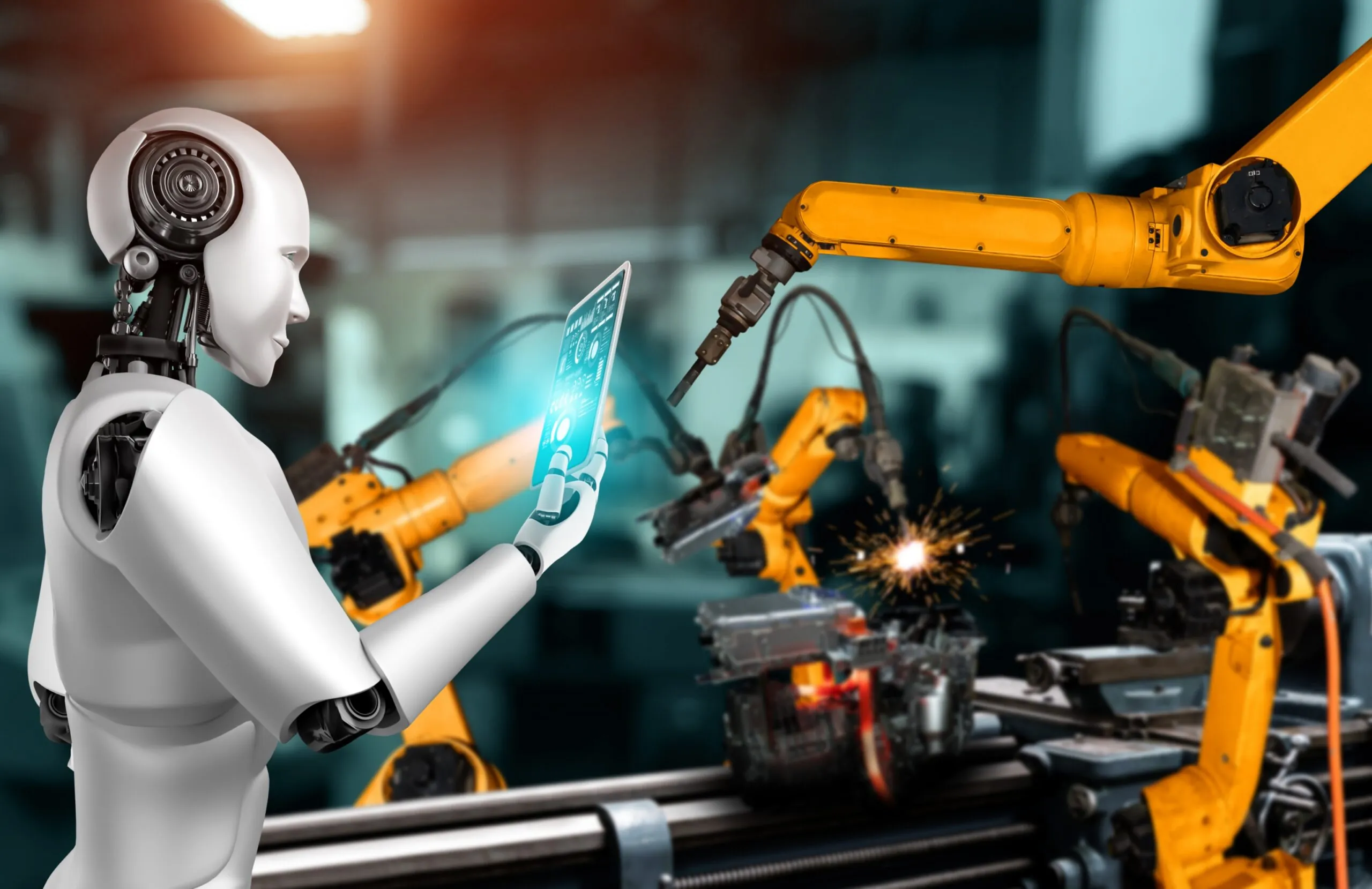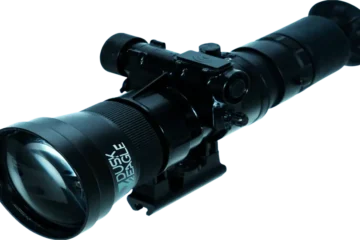The concept of “zero defects” has long been an aspiration for manufacturers across industries. It represents a state of near-perfection where every product that leaves the production line meets the highest quality standards with zero defects. Achieving this goal was once seen as impossible, given the limitations of human inspection and traditional quality control methods. However, the rise of AI-driven defect detection systems and advanced machine vision systems has transformed this vision into a tangible reality.
By incorporating cutting-edge technologies such as object detection, defect detection, surface defect detection, and object counting, manufacturers are now closer than ever to achieving zero defects in their production processes. In this article, we will explore how AI-driven defect detection systems are revolutionizing manufacturing, enhancing efficiency, and driving unprecedented levels of quality control.
The Role of Machine Vision Systems in Zero Defects
A machine vision system is a key enabler of AI-driven defect detection. It uses advanced sensors, cameras, and AI-powered algorithms to capture, analyze, and interpret visual data in real time. By mimicking and enhancing human vision, machine vision systems offer a level of precision, consistency, and speed that far surpasses traditional inspection methods.
In a typical manufacturing setting, products must undergo a series of inspections to ensure they meet stringent quality standards. Traditionally, these inspections relied on human inspectors, who are prone to fatigue and error. In contrast, machine vision systems can perform around-the-clock inspections without compromising on accuracy. They are designed to detect flaws, measure dimensions, and ensure the proper assembly of components—all at speeds impossible for the human eye to achieve.
AI-Powered Defect Detection: A Game-Changer
The integration of artificial intelligence (AI) into machine vision systems has been a game-changer for manufacturers aiming to achieve zero defects. AI-powered defect detection systems are equipped with machine learning algorithms that can learn from vast datasets and identify even the most subtle defects with high accuracy. Unlike traditional inspection methods that rely on predefined rules, AI systems can adapt and improve over time by analyzing data and learning from new patterns.
For example, AI-driven systems can detect anomalies such as scratches, cracks, or missing components that might go unnoticed by human inspectors. As these systems process more data, they become increasingly adept at recognizing different types of defects, making them a valuable asset in industries where quality control is paramount.
Object Detection for Precision Manufacturing
Object detection is one of the core functions of machine vision systems in manufacturing. It involves identifying and locating specific objects within an image, which is crucial for tasks like product assembly, packaging, and sorting. AI-enhanced object detection systems can accurately identify individual parts on the production line, ensuring that components are correctly positioned, oriented, and assembled.
In industries like electronics, where precision is vital, AI-driven object detection systems can spot misplaced or missing parts in real time. By instantly flagging these issues, manufacturers can take corrective action without disrupting production. This not only reduces the risk of defects but also enhances overall operational efficiency.
Surface Defect Detection: Ensuring Flawless Aesthetics
For many industries, such as automotive, consumer electronics, and luxury goods, the appearance of a product is just as important as its functionality. Even minor surface imperfections, such as scratches, dents, or discolorations, can negatively impact a product’s aesthetic appeal and perceived value. This is where surface defect detection comes into play.
Surface defect detection systems use high-resolution cameras and sophisticated algorithms to analyze the exterior of products for any visual inconsistencies. These systems are capable of detecting even the smallest surface flaws, ensuring that only visually flawless products make it to market.
For example, in the automotive industry, surface defect detection systems can inspect car body panels for dents, paint inconsistencies, or other surface imperfections. Similarly, in the electronics industry, these systems can ensure that smartphones, tablets, or laptops are free of scratches or blemishes before they are shipped to consumers.
Object Counting: Enhancing Efficiency in Manufacturing
In addition to defect detection, object counting is another essential function of AI-driven machine vision systems. Accurate counting of objects on the production line is critical for inventory management, packaging, and quality control. Traditional counting methods, such as manual counting or simple sensors, are prone to errors and can slow down production.
With AI-powered object counting systems, manufacturers can automate the counting process, even in high-speed production environments. These systems can count objects of various shapes and sizes, ensuring that the correct number of items is included in each package or shipment.
For instance, in the food and beverage industry, machine vision systems can count products like bottles, cans, or packages as they move along the production line. By automating this process, manufacturers can minimize errors, reduce waste, and optimize overall efficiency.
The Benefits of AI-Driven Defect Detection Systems
The adoption of AI-driven defect detection systems offers numerous benefits for manufacturers aiming to achieve zero defects. These include:
- Improved Accuracy: AI-powered systems can detect even the smallest defects with a high degree of accuracy, reducing the likelihood of defective products reaching consumers.
- Consistency: Unlike human inspectors, AI-driven systems can operate continuously without experiencing fatigue or loss of focus. This ensures consistent quality control across all products, regardless of production volume.
- Real-Time Inspection: AI-driven systems can analyze visual data in real time, allowing manufacturers to identify and address defects as soon as they occur. This minimizes downtime and prevents defective products from progressing further down the production line.
- Cost Savings: By reducing the number of defective products and minimizing the need for rework or recalls, AI-driven systems help manufacturers save on costs associated with poor quality. Additionally, automating inspection tasks allows companies to allocate human resources to more strategic roles.
- Scalability: AI-driven defect detection systems are easily scalable to accommodate different production lines and processes. Whether inspecting a few products or thousands per minute, these systems can be adapted to meet the specific needs of the manufacturer.
Challenges in Implementing AI-Driven Defect Detection Systems
While AI-driven defect detection systems offer numerous benefits, their implementation can present challenges. For one, the success of these systems depends on the quality of the data used for training. Poor-quality images or insufficient training data can lead to inaccurate defect detection.
Additionally, the initial setup and configuration of these systems can be complex. Manufacturers must carefully define the parameters for defect detection, including what constitutes an acceptable product and what qualifies as a defect. This requires collaboration between engineers, quality control teams, and AI specialists to ensure that the system is calibrated correctly.
Another challenge is the need for ongoing maintenance and updates. As products evolve and new defects emerge, AI-driven systems must be updated to recognize these changes. This requires continuous fine-tuning of the system’s algorithms and periodic retraining with new data.
The Future of AI-Driven Defect Detection
The future of AI-driven defect detection is bright, with advancements in machine learning, deep learning, and edge computing set to enhance their capabilities further. As AI algorithms become more sophisticated, these systems will be able to detect even more complex defects and anomalies, pushing manufacturers closer to the goal of zero defects.
Edge computing, in particular, will play a significant role in improving the efficiency of AI-driven defect detection systems. By enabling real-time data processing at the source, edge computing will reduce latency and allow for faster, more accurate inspections.
As manufacturing continues to evolve toward Industry 4.0, AI-driven defect detection systems will become an integral part of the smart factories of the future. Manufacturers that invest in these technologies will be well-positioned to achieve zero defects, ensuring high-quality products, increased operational efficiency, and a competitive advantage in the market.
The journey to achieving zero defects in manufacturing has been greatly accelerated by the advent of AI-driven defect detection systems. With their ability to perform defect detection, surface defect detection, object detection, and object counting with unparalleled accuracy and efficiency, these systems are revolutionizing quality control in modern manufacturing. While challenges remain, the benefits of adopting AI-driven machine vision systems far outweigh the obstacles. As technology continues to evolve, the goal of zero defects is no longer a distant dream but an achievable reality for manufacturers around the world.



